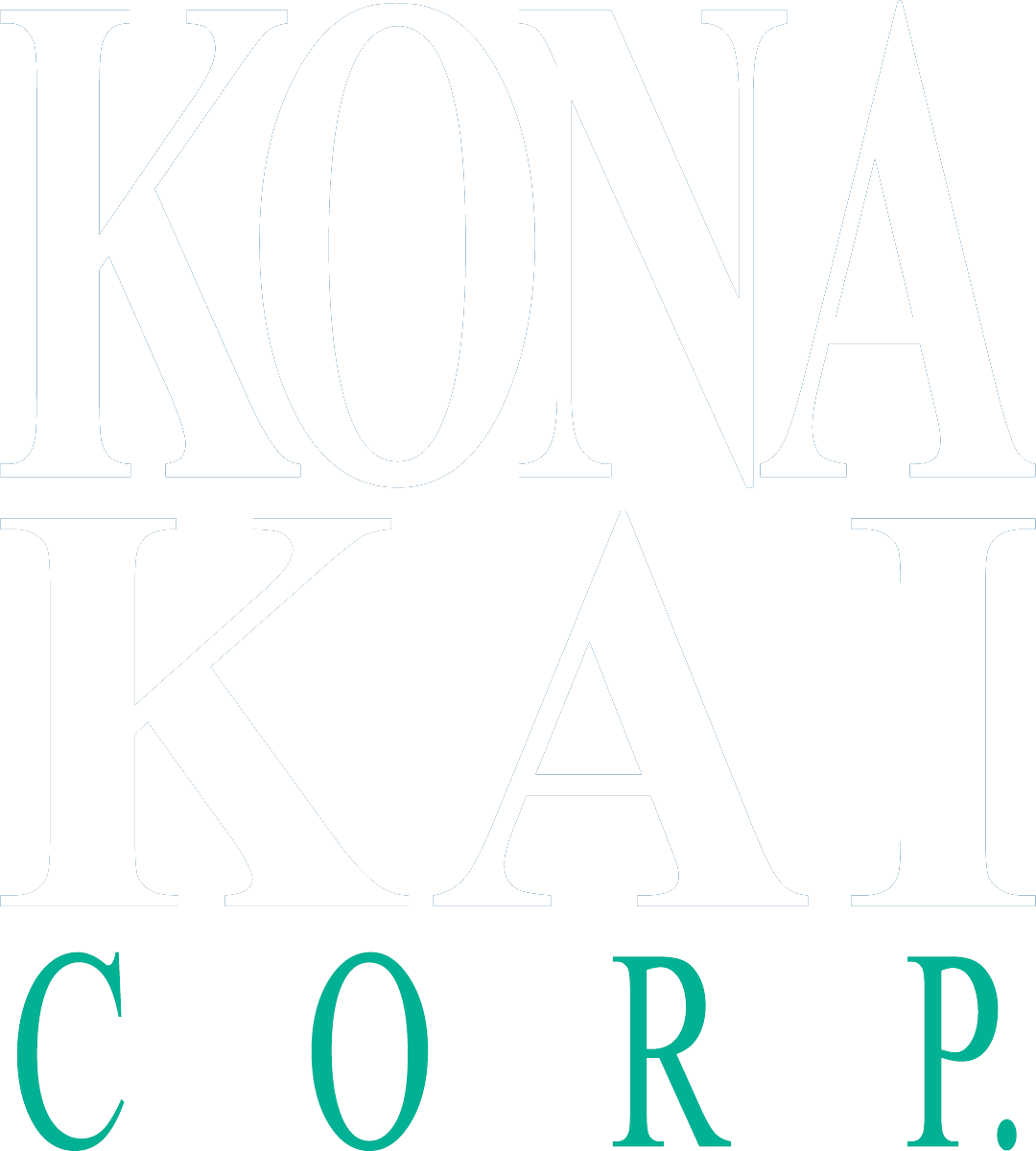5 Key CRM Features Every Growing Business Needs in 2025
Customer Relationship Management (CRM) systems have evolved into indispensable tools for companies to streamline operations, improve customer engagement, and drive revenue. But with so many options available, how do you know which features truly matter?
As we step into 2025, businesses need to prioritize CRM features that address emerging trends and customer expectations. Whether you’re looking to implement a new CRM or enhance your current system, these five key features are non-negotiable for success.
5 Essential CRM Features Every Growing Business Needs in 2025
1. AI-Driven Insights and Predictive Analytics
Artificial intelligence (AI) is transforming the way businesses interact with customers. CRMs with AI-driven insights help businesses predict customer behavior, identify sales opportunities, and tailor marketing efforts based on data patterns. For instance, AI can analyze previous customer interactions to recommend optimal times for follow-ups or suggest next-best actions for sales teams. Predictive analytics, in particular, empowers businesses to forecast future trends based on historical data, allowing them to stay ahead of market shifts.
Why It’s Important: AI not only helps businesses personalize customer interactions but also improves decision-making by providing actionable insights. As a result, businesses can focus their resources where they’ll have the greatest impact.
2. Omnichannel Communication and Integration
Customers today expect seamless interactions across various communication channels, from email and phone to social media and live chat. An effective CRM in 2025 must offer omnichannel communication capabilities, enabling businesses to track and manage interactions with customers across all touchpoints. Integration with third-party apps like WhatsApp, Messenger, and LinkedIn adds extra flexibility, ensuring that customer data from every channel is stored in one central hub.
Why It’s Important: By unifying communication channels, businesses provide consistent customer experiences and reduce the risk of losing critical information between touchpoints. This leads to improved response times, better customer satisfaction, and stronger relationships.
3. Configurability and Scalability
No two businesses are the same, and as businesses grow, their CRM must evolve alongside them. Configuring your CRM allows companies to tailor features, dashboards, and workflows to fit their specific needs. Whether it’s adding tailored fields or creating personalized sales pipelines, configuring your CRM ensures that your solution reflects your business processes. Furthermore, scalable CRM solutions support expansion, allowing businesses to easily add new users, modules, and integrations without compromising performance. With the advancements in capabilities of the new CRM solutions, flexibility enabling unique needs of varied clients is more easily achieved by focusing on intended outcomes through configuration. Configuring the solution allows for a more scalable and maintainable solution maximizing the investment.
Why It’s Important: A one-size-fits-all CRM may limit growth. Configurability and scalability ensure that as your business expands or your processes become more complex, your CRM can adapt without disruption, leveraging the capabilities of the solution purchased.
4. Advanced Automation Tools
Automation remains a cornerstone of CRM efficiency. From automating lead nurturing and customer follow-ups to scheduling meetings and generating reports, advanced automation tools can save your team significant time. Automation also reduces the chances of human error in data entry or customer communication, allowing your teams to focus on more strategic tasks. CRMs in 2025 should offer enhanced workflow automation, integrating with tools like marketing automation platforms and AI assistants to handle routine tasks automatically.
Why It’s Important: Automation streamlines processes, boosts productivity, and ensures that no opportunity falls through the cracks. It’s particularly valuable for growing businesses that need to optimize resource allocation.
5. Mobile Accessibility and Cloud-Based Solutions
In a post-pandemic world, remote work and flexibility are no longer optional—they’re expected. A CRM that offers mobile accessibility allows your sales and service teams to work from anywhere. Cloud-based CRM platforms ensure that all team members can access real-time customer data on-the-go, whether they’re at a client meeting, traveling, or working remotely. With the rise of cloud technology, businesses no longer need to worry about maintaining on-premise infrastructure, making CRM access easier and more cost-effective.
Why It’s Important: Mobile and cloud-based CRMs provide the flexibility needed in today’s fast-paced business environment. Teams can stay connected and productive from anywhere, ensuring they don’t miss critical updates or customer interactions.
Are you set up for success?
As businesses continue to grow in 2025, investing in a CRM with the right features is crucial for maintaining customer relationships, driving revenue, and improving internal efficiencies. By incorporating AI-driven insights, omnichannel communication, configurable workflows, advanced automation, and mobile accessibility, your business will be better equipped to meet evolving customer demands and scale effectively.
These five key CRM features are not just trends—they’re essential tools that can empower your team and foster long-term success. As you plan for growth, ensure that your CRM can support your unique needs and help you stay competitive in an increasingly digital marketplace.
By working with partners, organizations see a 31% faster adoption rate of emerging technologies (2023 Salesforce Partner Value / AppExchange Customer Success Survey), and we can help our clients create a strategic CRM roadmap tailored to their business needs, driving faster outcomes.
INSIGHTS












